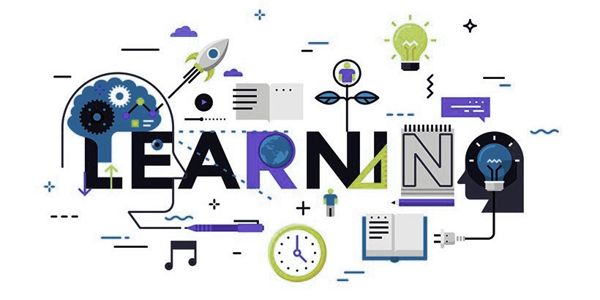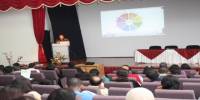Researchers at Columbia University Mailman School of Public Health discovered that students exposed to Photovoice, an educational intervention, improved their STEM-capacity and environmental awareness scores more than a group of youth who were not exposed to the activity in a study of low-income, urban youth in the United States. According to the findings, Photovoice activities may be associated with improved learning outcomes. The findings of the study have been published in the International Journal of Qualitative Methods.
“Our findings indicate that Photovoice activities increase environmental awareness and may be associated with improved learning skills,” said Nadav Sprague, doctoral fellow in Environmental Life Course Epidemiology at Columbia Mailman School.
Educational interventions to improve people’s understanding of key concepts for evaluating health intervention claims can, at least in the short term, improve people’s knowledge and skills. The consequences for confidence, attitude, and behavior are unknown. Many of the studies had a moderate to high risk of bias. Improvements in study quality, consistency of outcome measures, and measures of longer-term effects are required to increase confidence in estimates of the effects of educational interventions in order to improve people’s understanding of key concepts for evaluating health intervention claims.
In a study of low-income, urban youth in the U.S., researchers found that students exposed to Photovoice, an educational intervention, experienced greater improvements in STEM-capacity scores and environmental awareness scores compared to a group of youth who were not exposed to the activity.
Photovoice draws on the knowledge and perspectives of community members to address knowledge gaps in academia, research, and policy-making. The term is most commonly used in public health research. The participant is engaged by taking photographs on a specific topic and engaging in narrative discussions in a focus group setting.
Sprague and colleagues from Washington University in St. Louis investigated the STEM abilities, environmental perceptions, and environmental awareness of 335 low-income St. Louis Public School students aged 9 to 15. Students were randomly assigned to one of two intervention groups: a Photovoice environmental education intervention group or a traditional intervention group that did not include a Photovoice activity. The researchers also looked at the outcomes of a control group of young people who did not take part in either intervention.

After the intervention, the Photovoice intervention group’s STEM capacity and environmental awareness were significantly higher than the control group of youth who did not participate in the intervention and did not experience any significant improvements in STEM capacity or environmental awareness. Washington University and Gateway to the Great Outdoors (GGO), a nonprofit organization that provides environmental health and STEM education to low-income elementary and middle schools in Chicago and St. Louis, were responsible for both environmental education interventions.
“There is a problem with environmental justice. Low-income and non-White children frequently have less access to nature and greenspace than their higher-income or White peers “Sprague, who also founded Gateway to the Great Outdoors, agreed. Researchers believe that focused environmental education could help to halt or slow human-caused climate change, biodiversity loss, overuse of natural resources, environmental health disparities, deforestation, and other environmental issues.
While the current and previous studies’ findings that nature-contact improves social connectedness are consistent with the literature, Sprague recommends larger intervention studies to confirm the benefits of Photovoice in Environmental Education.
“The goal of Photovoice is to empower individuals and communities that have historically been excluded from research and policymaking discussions,” Sprague explained. “Photovoice may be an effective youth leadership development tool because it shows youth that their opinions and views can lead to change.”
Several levels of education are used in educational interventions to reduce stigma toward mentally ill people and to foster positive attitudes toward mental illness and those who are mentally ill. One-time educational programs and fact sheets on any disease are unlikely to result in long-term changes. There is substantial evidence in the literature to suggest that education, when delivered at an appropriate and consistent level and repeated as needed, produces long-term changes.
















